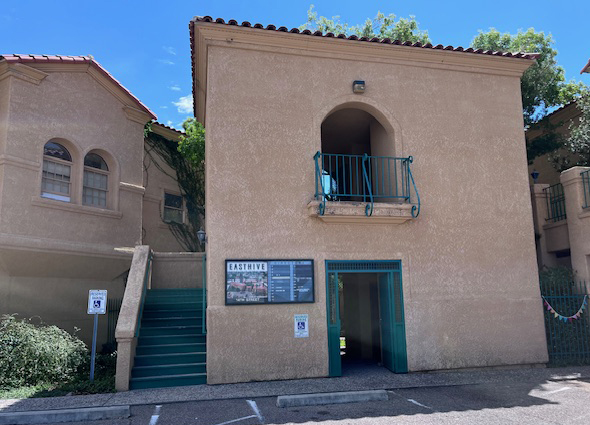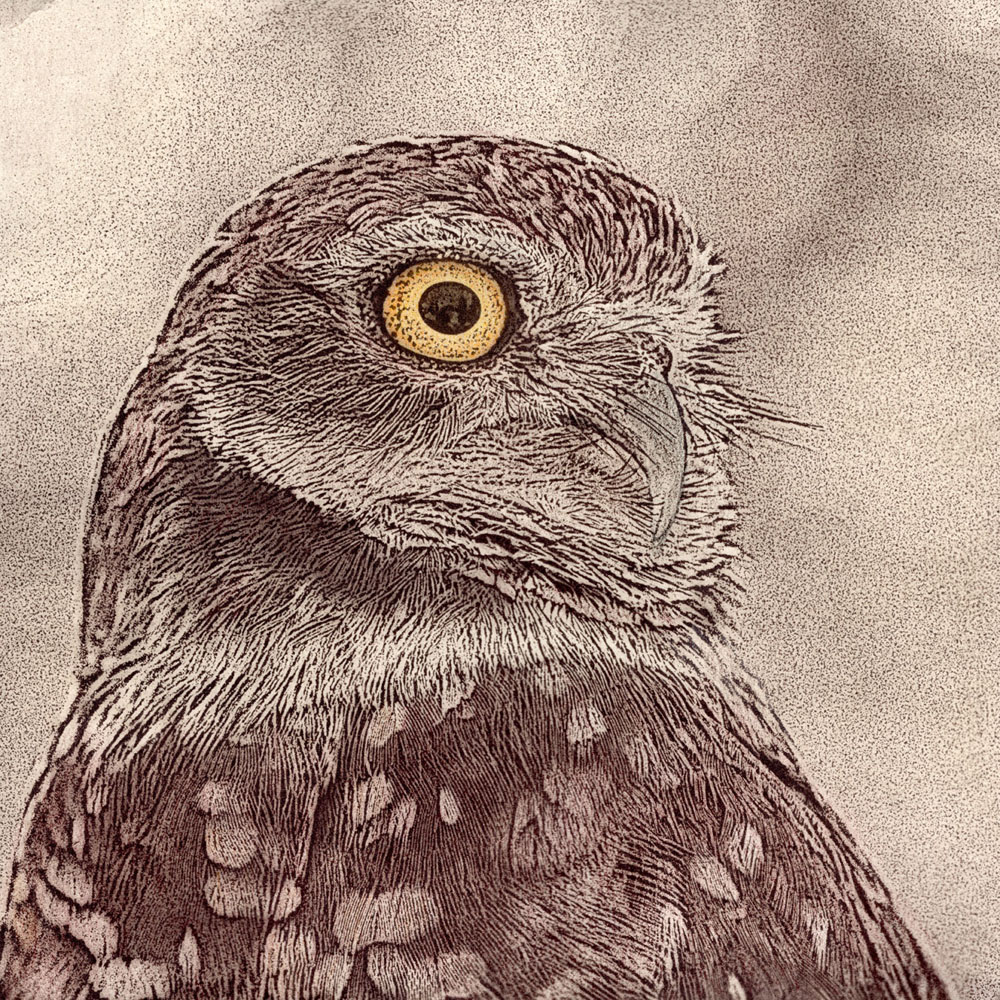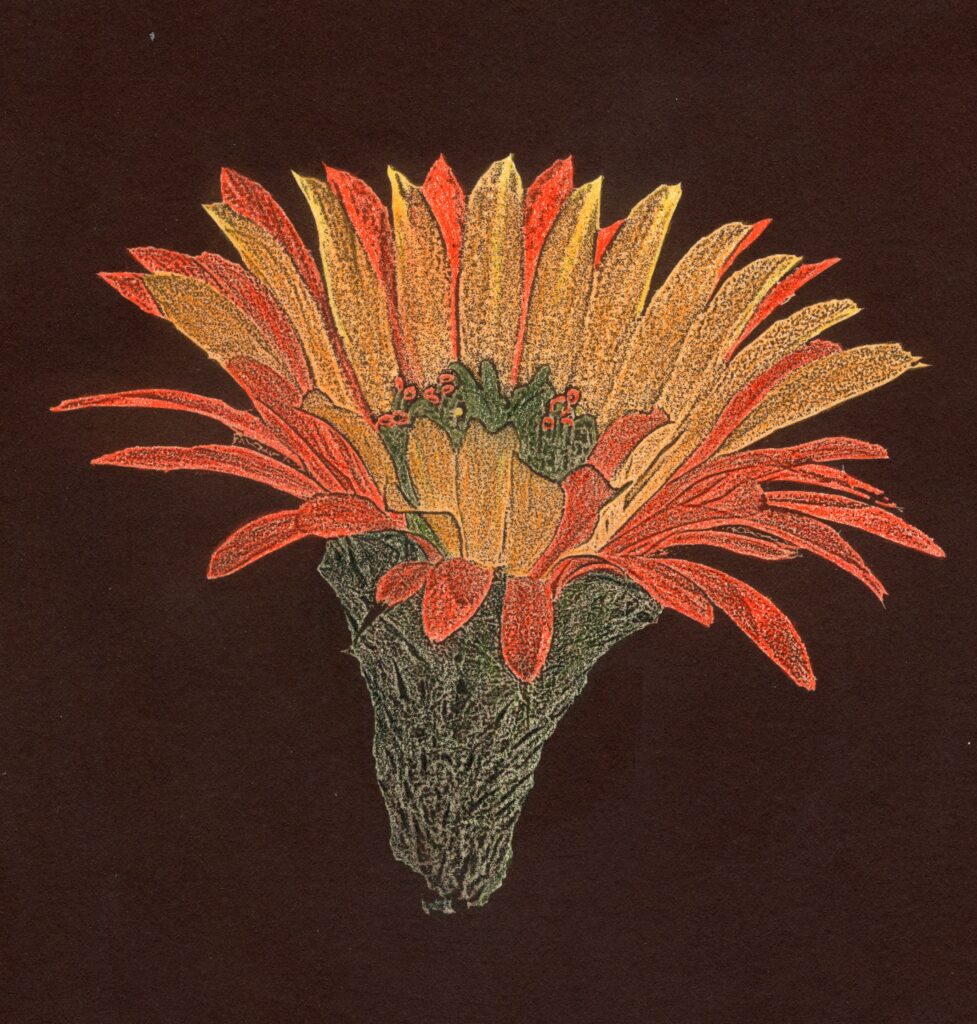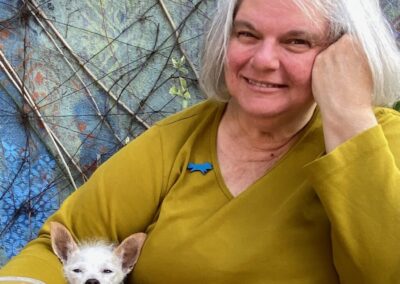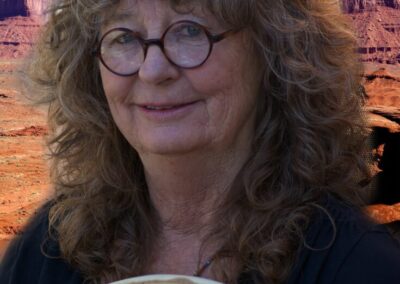Ana Laura Gonzalez (Day 3)
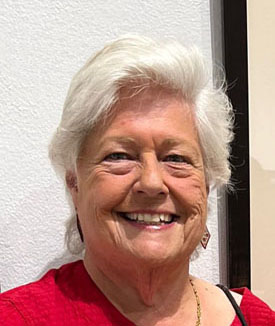
About the Artist
Ana has been involved in photography for over 30 years. Mainly self-taught, she uses the camera as a tool to portray the world as it can still be found in some corners of the planet. After reluctantly moving from analog to digital photography, she felt something was missing in her photography and how she presented her work. For the past three years, she immersed herself in historic alternative photographic processes, particularly hand colored Cyanotype and Van Dyke prints which she believes are a better way to present her images. In 2024, Ana was awarded an Artist Opportunity Grant by the AZ Commission on the Arts in support for her 2025 two-person 'Desert Textures' exhibit at the Baldwin Gallery in the Arizona Sonora Desert Museum. Previously, she was awarded a Special Opportunity Stipend grant by the New York Foundation for the Arts and the NYS Council for the Arts. Among her awards are the Phillip Isenberg Memorial Award (1st prize in photography) at the Washington Square Outdoor Art Exhibit and 2nd prize in photography at the Housatonic Art League Art Show. Ana's work can also be seen at the SAAG Gallery at La Encantada Mall in Tucson.- NossubGallery.GoDaddySites.com
How to Purchase
I accept cash, credit cards and Zelle payments.About this Event
Throughout the day, I will be demonstrating the hand coloring process I use on my Van Dyke prints.
Limited Edition VanDyke and Cyanotype work, and digital prints, both framed or matted only, will be available, along with individually printed notecards.
VanDyke prints are a historical non-camera photographic contact printing process. It was patented in Germany in 1895 by Arndt and Troost and was named after Flemish painter Sir Anthony van Dyke (1750-1825) due to his use of rich brown colors in his work.
The process is based on UV light, using either UV light bulbs or sunshine, that causes a change in a light sensitive emulsion brushed onto paper or other substrates. Creating each print requires 7 steps in the darkroom.
My first step is to create a B&W negative to make the prints. In the darkroom, the paper is coated with a light sensitive silver-based solution, making sure the paper is evenly covered. After the paper dries, the negative and the sensitized paper are pressed together under glass and exposed to UV light. The finished prints can be hand colored using colored pencils or watercolor.
The process for Cyanotype prints is similar but uses a different light sensitive emulsion.


